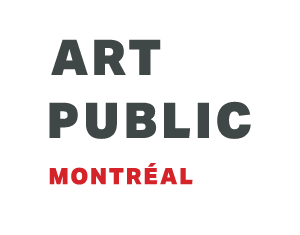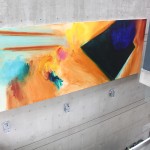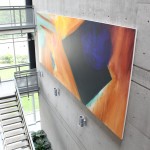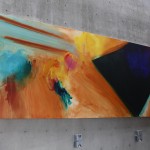



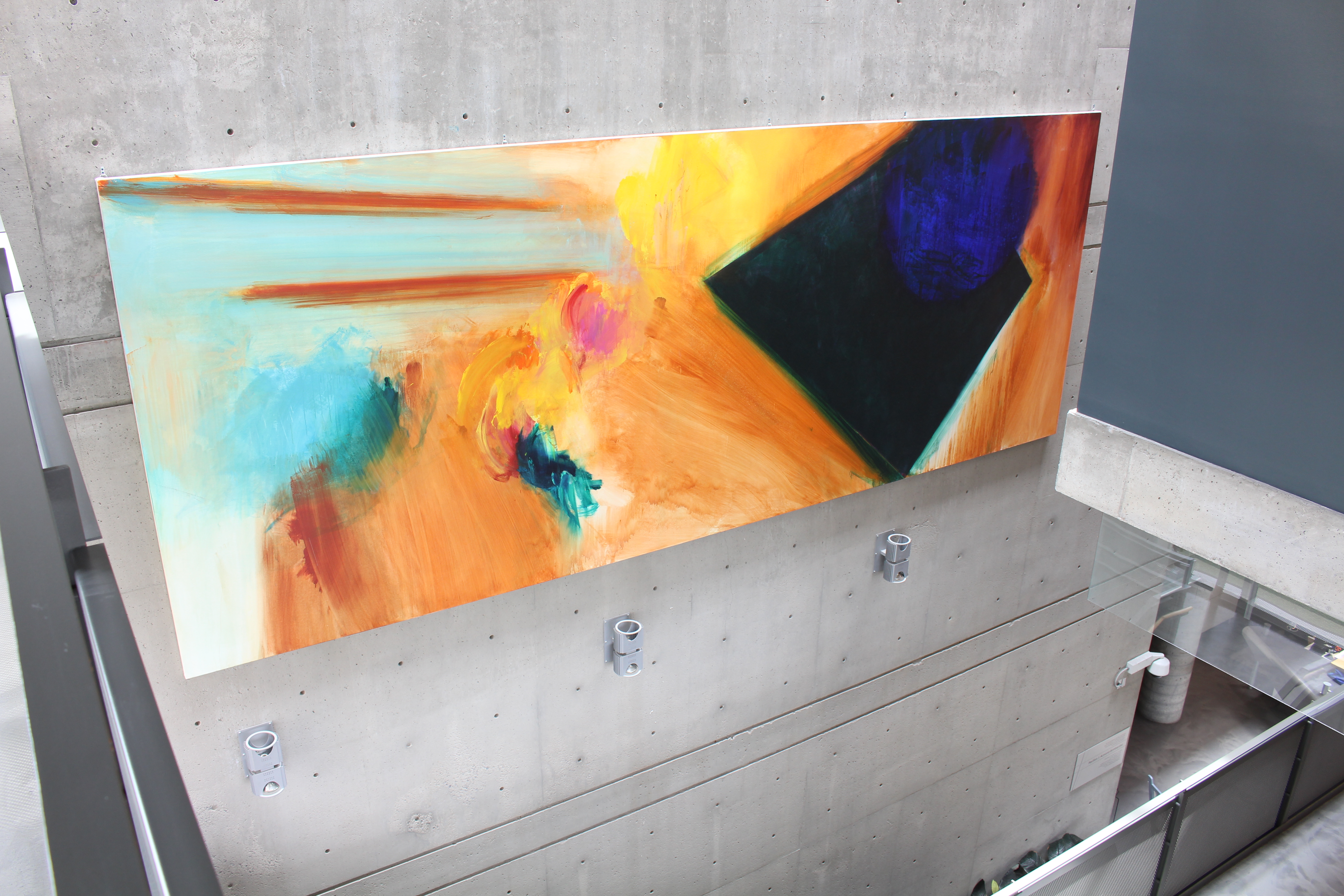

Pierre Blanchette was born in 1953 in Trois-Rivières. He studied at the Université du Québec à Montréal. Throughout the 1980s and 1990s, he made frequent trips to Paris, where he would showcase his work at the Galerie Regards, at the Canadian Cultural Center, at the Quebec agency and at the Galerie Véronique Smagghe. Pierre Blanchette’s art was presented in several solo and collective exhibits. His pieces are now a part of many private and public collections, such as the Musée national des beaux-arts du Québec, the Montreal Museum of Fine Arts, the Art Bank of the Canada Council for Arts and the Musée d’art contemporain de Montréal.
Since 1999, he has produced several pieces within the framework of the Programme d’intégration des arts à l’architecture et à l’environnement. These pieces include Feux d’étoiles for the Collège Lionel-Groulx in Sainte-Thérèse (1999), Soleils in the emergency room’s waiting area at the Centre hospitalier de Granby (2008-2009), Nacelle in the John Molson School of Business at Concordia University (2007-2009) and Forge at the Western Quebec Career Centre (2009). He contributed not only as an artist but also as a panel member.
Blanchette is first and foremost a painter. His work harmonizes geometrical and lyrical abstractness. His paintings – often large-scale and very colorful – are adorned with geometric forms and movement. The colors are often saturated, while still conserving their transparency and luminosity. A vivid, yet orderly array. Blanchette’s paintings are nurtured by technology and natural science. The artist will abstractly present the quintessential aspect of fine details – often invisible – related to geophysics, botany or acoustic spaces. His inspiration for this for this form of art originates from the wind’s movements, some gyratory movements and luminous halos.


Artwork description
This monumental piece shows the hour of the day when the Sun has almost reached its zenith. It belongs to the Les Heures trilogy which shows the luminous and atmospheric variations, as well as the Sun’s path, throughout the seasons. The colors evoke light and nature’s cycle. The geometrical shapes (blue circle and violet trapezoid) are intertwined and contrast with the complementary colors (orange and blue, yellow and violet) which allow us to truly feel the artist’s brush.
The idea for the trilogy was conceived in 1994 in New York, while Blanchette was still working in the Québec Studio. The pieces were painted in Montreal from 1996 to 1997. After this urban journey, the artist wanted to return to the wild.
The massive-format paintings show the different times of day: dawn (4e heure and 11e heure) and dusk (21e heure and 17e heure), depending on the season.
The collection is a testament to Blanchette’s appropriation of the many different artistic movements linked to abstraction: geometrical abstraction by the use of geometric shapes as the structural basis of the painting; lyrical abstraction by emotional display; and finally, Action Painting by the large format of the painting and by the magnitude of the artist’s body movements. This is what art historian Monique Brunet-Weinmann qualifies as “synthetic abstraction”, because she sees an appropriation of movements from both European and American origins.
Upon visiting the J.-Armand-Bombardier pavilion, the artist was unexpectedly seduced by its architecture, its colors and especially the wall alongside the staircase. He then proposed to donate his painting to the Collection d’oeuvres d’art de l’Université de Montréal. It is rare to have a painting made in a studio for personal and intimate reasons showcased in a public area. The architecture and the piece are autonomous, but here they flourish together.
